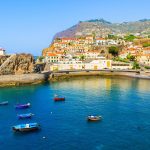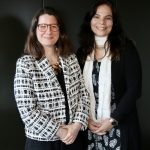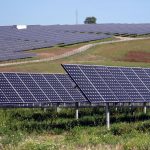Ukraine and the New World Order
Over 100 days since the invasion, Russia’s war of attrition in Ukraine is having devastating consequences for the region and the world, not just economic, but social, with 15 million displaced, and the looming threat of famine in Africa. Three Portuguese experts take stock of the situation at the American Club of Lisbon.
By Chris Graeme
Russia’s war in Ukraine to take back lands that it sees as an integral part of its territory is frightening because it is in Europe. The first armed conflict on the continent since the bloody regional civil wars in the Balkans which followed the disintegration of Yugoslavia in June 1991.
Yet we often forget that at any given time, somewhere around the world, war is raging, people are being displaced in their millions and face famine. Take your pick: Syria, Darfur, North-West Pakistan, the Iran-Kurdish separatist war, the conflict in the Niger Delta, the Kivu conflict, the Sudanese conflict in South Korodofan, the Yemeni Civil War, the Kurdish-Turkish conflict.
All these conflicts are in far-away countries, in the words of Neville Chamberlain “about which we know little”, that we don’t, if we’re honest, even follow the fortunes of these wars that much on the news. Often proxy wars, many involve the support of the United States, and it is incredible just how many are “supported” by Russia’s puppet neighbour Belarus
This current conflict between Ukraine and Russia is different because it is in Europe, on the borders of NATO and the EU, and is prosecuted by a ruthless and Machiavellian Russian leader who is convinced that his legacy must be the restoration of at least some of the borders which his country lost with the end of the Soviet Union in 1991.
The plight of the millions of civilian refugees that get caught up in these conflicts is harrowing and shocking. But ensconced in our (for most of us) cushy Western European and North American lives, do we really feel it? Is it possible to be empathetic unless we’ve seen the misery and suffering first hand?
One person who has been up close and uncomfortable is Helena Ferro de Gouveia, researcher at IPRI-NOVA and an expert in crisis and conflict management. With 25 years experience as a journalist based in Germany, she has seen the devastation these wars in far-flung places of which we know little have wreaked on people’s lives.
At the debate — actually it was more of a presentation with no time for questions — at the prestigious Grémio Literário on 8 June, Helena Ferro de Gouveia pointed out that around 100 million around the world are displaced, 15 million of which are Ukrainians. In fact, every two-seconds a person is forced to flee to escape war, violence and persecution. The majority are displaced, which means they have fled their homes, but are still in their countries; others have crossed borders and have sought shelter in other countries.
“I have seen what being a refugee means first hand in Kenya, Uganda, Bangladesh, Afghanistan, and South Sudan. I have seen it in the broken links and broken families and the broken hearts of my students in the refugee camps where I used to teach,” she said.
“I have seen what mankind is capable of doing at its worst, but much stronger than hate, I have seen bravery and kindness, and incredible acts of love, and I have learned that generosity is not always proportional to wealth”. “We call them refugees, but they are people like you and me, that have lost everything. They have left their entire lives behind, often with only the clothes on their backs.”
This tragedy should resonate with the Portuguese. It is, after all, embedded in the collective memory of the Returnees from the colonial wars in Angola and Mozambique. (actually a misnomer since most of them were born there)
She said one word she learnt in Angola was the word ‘mushima’ which means heart. The idea that what makes us a person is not a passport or an identification, but rather our heart.
Sónia Sénica, a commentator on international relations, with particular emphasis on Russia and who is also a project manager at FLAD (The Luso-American Foundation for Development) focusing on the political aspect of Russian foreign policy, explained what was behind Russia’s more assertive and militarised path which has changed European security, architecture and the international order.
A New hegemonic Order
Sénica says there is an unpredictability, but also a predictability. Russia is trying to build a new hegemonic order on three different levels: the domestic level, the regional level, and international level. On the domestic level, since the constitutional reforms of 2020, the Russian government has become a more totalitarian and authoritarian regime, with a centralised, controlled, vertical power, with a more controlled and apathetic civil society.
There is also a block on any political opposition outside the system, with opponents like Alexandre Navalny in prison or exiled. There are strong ties between the political and bureaucratic power and the Russian orthodox church. Russia is also pursuing an antagonist policy towards those countries which are intending to create close ties to the West, Europe and NATO, examples being Ukraine and Georgia.
“Putin’s administration is advocating the end of the uni-polar world and American leadership, defending instead a multi-polar world, where Russia could have its own place as a world power”, she said.
Important is the concept of Greater Russia, and areas of influence or suzerainty which the regime uses to justify its own existence internally, and which is connected to its more assertive and militarised foreign policy. In other words, no matter how bad things get at home, create an existential threat and extend your sphere of influence and even land grab.
“The regime keeps itself in power because of a permanent perception of a threat from abroad, meaning the US, NATO and EU, while legitimising internally its decisions abroad within an ‘inter-domestic framework”.
Since the Munich speech in 2007, in which Putin criticised what he called the United States’ monopolistic dominance in global relations, and its “almost uncontained hyper use of force in international relations”, Putin has entered a Eurasian cycle with its strategic partner China. After the annexation of the Crimea in 2014, there was the clear beginning of a strategic confrontation with the West.
For Russia, the major concern is always the ‘near abroad’ or former Soviet space, which means the territories of the EU and NATO, with Russia trying to capitalise on the US’s focus on the Indo-Pacific region by concentrating on other areas of the world such as the Middle East (Syria 2015), Africa (due to the heritage of the Soviet period), and in Asia with a partnership with the US’s major competitor China.
The main features of Russian policy are: a multi-polar world, great power recognition, regions of influence, protection of the Russian-speaking world, strengthening partnerships and long-term allies in every part of the world, and a divine notion that Russia has a mission in the world.
Sónia Sénica says of the Ukraine invasion that Russia was not counting on a more united West, the revitalisation of the EU, the renewed recognition of the importance of NATO and a new enlargement with Finland and Sweden. It also had not expected a fierce Ukraine resistance and charismatic leadership.
“It is clear that this an immoral war, unprovoked and unjustified, within a Russian playbook of great brutality. It is a multilevel crisis: military, diplomatic, energetic, food, and humanitarian, with consequences all over the globe”, she said.
A struggle of borders, technology and resources
Diana Soller, who works for the Gulbenkian, and is an expert on the international role of the United States, warned that this was not only a war against Ukraine, but a war against the rest of the Western World.
Diana made three points regarding the role of the US in the conflict: that the US has been put in a position partly by Russian politics and the war, but also Russian propaganda, in a position in which “no US president would like to be”.
“The US has become the number one enemy of Russia in this conflict, as seen in the May 9 speech Putin delivered when the names Ukraine and Ukranians disappeared from his speech, and the enemies were the US, NATO, and Neo-Nazis helping the West to threaten Russia through its former territories on its borders”.
However, Russia’s behaviour is still seen by the West in a very natural light as “an invasion of one sovereign state by another”.
US focus on China
Second, the world is going through a power transition, with the acceptance that the US is declining and China is rising, and that this would be an economic and diplomatic struggle between the two over resources and technology.
“We are in a classic war of borders revision, a country that not only wants to change the borders of Ukraine, but the architecture of European security. The reaction of the US has been everything but boots on the ground because it knows that the moment it intervenes in the Ukraine, China would invade Taiwan”.
Biden states that if Taiwan was annexed militarily, the US would Intervene. That was considered by many analysts a mistake. The US doesn’t have the power to be involved in two wars at the same time. If it has to choose between Europe and Asia, it will choose Asia because that is where the main threat to the US is”, she said.
Soller argues that the US’s Asian priority would be the same regardless of whether Democrats or Republicans were in the White House, although the indivisibility and indispensability of NATO has been reinforced.
“The US needs a defensive alliance like NATO, so that it can secure the borders of Europe, and focus on making sure that China does not become a major global power, which has been the main goal of US foreign policy since 2016”.
There is also the Kissinger v Biden debate. At the age of 98, the former Cold War US foreign policy diplomat has said that Ukraine my have to given some of its territory to Russia and build a peace treaty that would not humiliate Russia, instead becoming wholly neutral and not strive to join NATO or the EU, or lean too much towards the West.
The Biden solution is to support Ukraine to become strong enough so that it has a good hand to play at any forthcoming negotiations. “It would mean a long war, big spending, and the loss of a lot of lives”.
The third point has precisely to do with not humiliating Russia and allowing Putin to save face with a peace conference that would end the war. This is an interesting point since Russia had to make a humiliating peace with Japan after the Russo-Japanese War in 1904-1905. It was the first of the many triggers for the eventual fall of the Tsarist regime in 1917. Putin must be keenly aware that any similar ending with Ukraine in which he accepts a humiliating defeat would likely bring down his own regime.
“I don’t think we should be worried about Putin losing face. What about the West losing face in the Ukraine war? After all, the prestige of the US as a great power is at stake as the leader of the free world. We should be much more worried about the free world losing its face than worrying an autocrat who invades another country,” said Diana Soller.
Soller believes there needs to be a new security architecture for Europe. “Would we prefer Putin as our enemy, who does not fear the US or Europe? I would prefer a not very strong Russia when we know Russia is allied with China against a common enemy, and we know who that enemy is”.
Neither does she think the West should settle for the Kissinger solution whereby Ukraine becomes a buffer zone for Russia with the blessing of the United States and NATO. “The issue here is the future of the US as a great power, Europe and its security architecture, and Ukraine and its role in the word after the war”.
Picture: L-R: Sónia Sénica, Helena Ferro de Gouveia and Diana Soller










